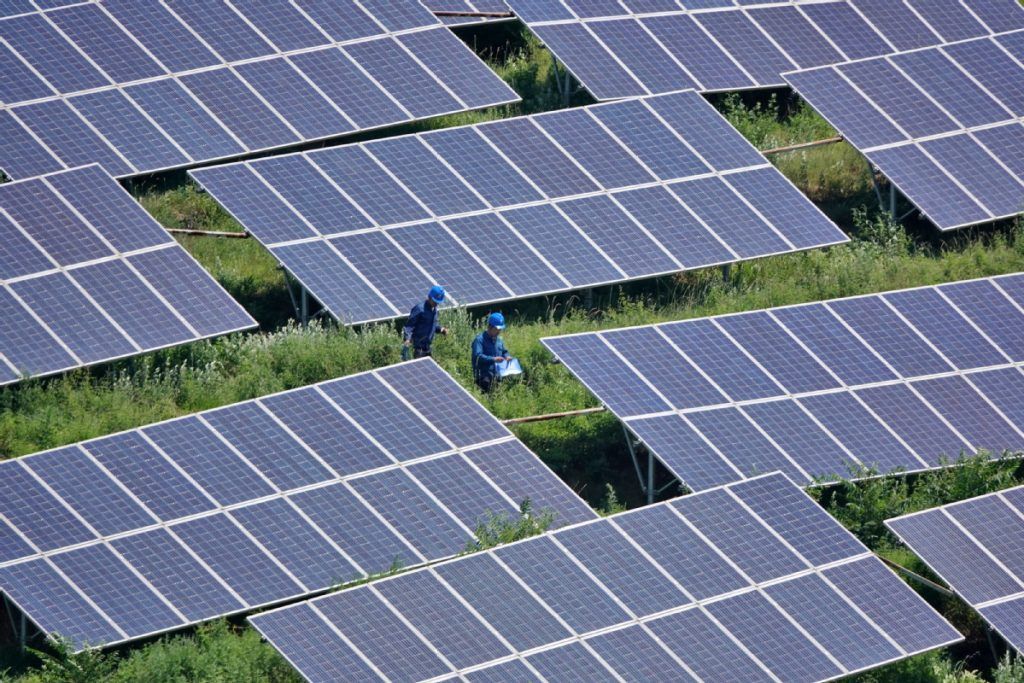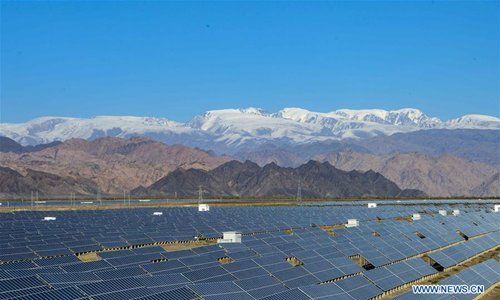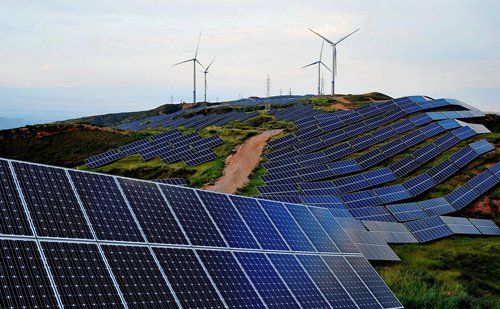China‘s solar industry has achieved a significant milestone, as solar power has become the second-largest source of electricity in the country, according to the National Energy Administration (NEA).
The NEA recently clarified the latest development direction for the industry and highlighted the impressive growth in the first half of 2023.

Impressive Half-Year Performance
During a conference held in Xuancheng, Anhui Province, Xing Yiteng, the director of the New Energy Department of NEA’s Renewable Energy Division, stated that the solar industry delivered outstanding results in the first half of the year.
One notable achievement is that the new solar installations in the first half of the year were nearly on par with the total installations for the whole of last year, accounting for 56% of the total installed capacity of electricity.
Solar power has now become the second-largest source of installed capacity in China, second only to coal-fired power.

Furthermore, the solar industry has had a positive impact on fixed asset investment. In the first half of the year, over RMB 130 billion was invested in solar power generation, accounting for approximately 50% of total investment in renewable energy.
This investment has played a crucial role in boosting economic recovery and growth in the post-pandemic era.
According to Xing, solar power generation in the first half of the year reached 266,300 GWh, representing a year-on-year increase of approximately 30%. The average utilization rate of solar power plants stood at an impressive 98%.
Technological Advancements and Industry Capacity Release
The solar industry in China has also witnessed advancements in technology, with the efficiency of some advanced solar cells reaching 25.5%. Commercialization processes for new types of solar cells, such as heterojunction and perovskite, have accelerated significantly.
Additionally, all segments of the solar industry have seen their production capacity fully released, and prices have returned to normal levels.

Renewable Energy Development in China
According to data released by the NEA on July 19th, the total installed capacity of renewable energy in China has surpassed 1300 GW, representing a year-on-year growth of 18.2% and accounting for 48.8% of the country’s total installed capacity.
As of the end of June, hydropower had an installed capacity of 418 GW, wind power reached 390 GW, solar power amounted to 471 GW, and biomass power had an installed capacity of 43 GW.
With both the half-yearly and cumulative installed capacity figures, solar power has surpassed other renewable energy sources such as wind and hydropower, playing a crucial role in China’s national energy transition.


